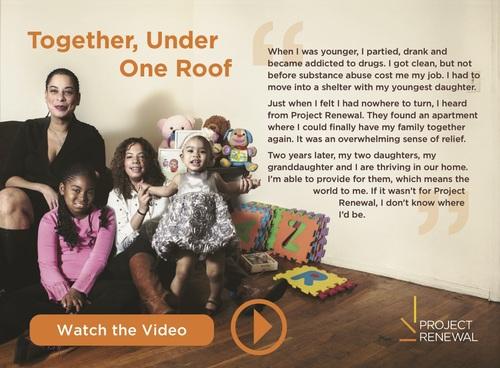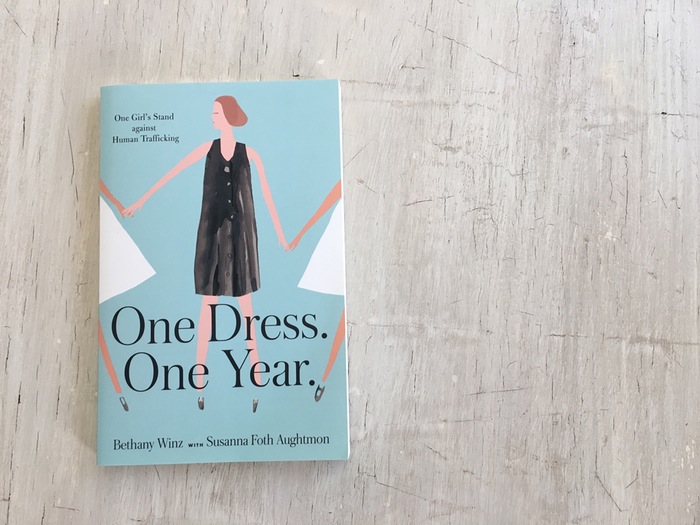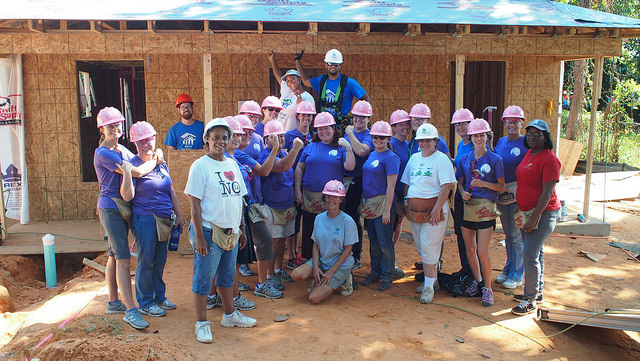Like beavers building dams, or geese flying in formation, storytelling is a defining, instinctual feature of humans as a species. At CauseVox, we believe stories can change the world, and definitely change your fundraising campaigns. That’s why our all-in-one fundraising platform is designed to facilitate telling stories.
“We believe stories can change the world, and definitely change your fundraising campaigns…” tweet this
Humans Love Stories
Stories are how we connect with our friends, families, and even strangers. We like stories more than we like almost anything. We turn everything that happens to us into a narrative.
There’s no better example of people’s natural love of storytelling more than Humans of New York. In 2010, founder Brandon Stanton began photographing everyday people on the streets of New York and told a snippet of their story in the caption. He published the photos and stories on a blog, and something that began as just a simple photography project caught on like wildfire because people couldn’t get enough of the stories.
HONY now has over 20 million followers on social media and has grown to include stories and pictures from over 20 countries. It succeeds because stories are more interesting and engaging than a proclamation.
Project Renewal, one of our customers who helps the homeless in New York City, could proclaim, “Homelessness is a problem that happens to many people,” and our reason would be engaged.
But instead of issuing statements, they tell stories–their website and fundraising are peppered with stories from real people about their struggles with homelessness and the help they received. Now our feelings are involved–and when our emotions are tapped, we’re much more likely to act.

Storytelling: It’s Science!
Do you think of the storytelling as the “warm fuzzy” part of your campaign? Hearing a story feels good, but it also does some very important, hard science-y things in the brain.
For instance, experiencing character-driven stories:
- Engages more of the brain in activity
- Results in oxytocin synthesis, which activates empathy
- Promotes understanding of points made
- Promotes better recall of those points later

Storytelling and fundraising are both, at the core, about empathy. Empathy isn’t pity, it’s identifying with someone else’s feelings. We give money to charitable causes because we emotionally connect with the story they tell us.
“Storytelling and fundraising are both, at the core, about empathy…” tweet this
Most of us do not emotionally connect with data alone. Statistics are interesting, but they do not spur action without an emotional context. By activating empathy, which we know we can do with storytelling, we put our audience in a neurobiological state that is more emotional and giving.
We Want Stories, Not Transactions
Since we know storytelling influences the brain and activates empathy, it just makes sense to include stories in our fundraising. Stories are the fuel that powers giving–don’t make an appeal without one.
For a long time, nonprofits operated on a one-way communication track, with organizations doing all the talking. We told our donors what we needed, and they answered with checks. This process was not terribly personal.
These days, donors want to feel included. They want to make a difference, and for their personal donations to matter. So you need to tell stories that bring them into your world and demonstrate their impact.
Like storytelling, at its best, fundraising is a very human-centered enterprise. People connect with each other, ask each other for help, and create communities. Nowhere is the demonstrated more clearly than in online fundraising campaigns, where individuals band together to support good causes.
Most people want to help good causes, but we all have a lot going on. In order to understand something, we need to give it a precious resource: our attention. Stories grab and sustain attention, giving us the opportunity to really understand what a nonprofit does and why it matters.
Take a look at Bethany Winz’’s post for The Justice Movement. Weir first learned about human trafficking as a high school student. She decided to raise money and awareness to fight this evil by wearing the same dress every day for a year, while blogging pictures of her daily styling, along with information on human trafficking. She tells the story of an individual becoming aware of an injustice, deciding to do something, and calling her community to join her.

The stories you tell cannot simply focus on money. That makes fundraising transactional–we do this, you give that, now it’s done. Instead, the stories you tell need to be about human things like community, love, and change. The money is the way the community makes change happen, not an end to itself.
“The stories you tell cannot simply focus on money. That makes fundraising transactional–“ tweet this
Elements Of A Good Story
In order to get the most out of your story, it should have a few common elements:
- A central character who drives the story (this is the person we identify with)
- Some kind of tension that needs to be resolved (this is why we keep paying attention)
- Emotional content for the audience to connect to (this is what makes us feel things)
A person encountering intense circumstances and obstacles, and eventually triumphing over them is the basis of many stories, from fairy tales to classic novels. Fortunately, helping people triumph over intense circumstances is what nonprofits do every day.
Stories Are Everywhere
Some stories are more dramatic than others, but as long as the story is character-driven, with some tension and emotional content, it will do the job. You may have a really extraordinary tale, like Freedom For All’s story about rescuing Francisca Awah from slavery, or a simpler one, like Kenyata’s journey to home ownership with the help of Pensacola Habitat for Humanity Women Build.

If you’re “on the ground” with your organization, you’ll identify good stories fairly quickly. If you don’t have day-to-day contact with the people benefitting from your work, you’ll need to make more of an effort to find stories. You can do a few very simple things to collect good stories, in addition to building a culture of storytelling within your organization.
- Tell people you’re looking for stories.
Development professionals know storytelling is big part of our jobs, but other people often don’t think of us as “storytellers.” They think of us as “money-raisers,” and regard much of our work as a mystery. Tell everybody that you’re on the hunt for great stories of making a difference. - Give examples.
Once you tell people you’re looking for stories, give some examples of good ones. In particular, emphasize stories that are not super dramatic. I’ve found that program folks are often sitting on a bunch of stories that they don’t think are interesting enough to be useful for fundraising. Au contraire! These day-to-day stories of people benefitting from your work are very much needed. - Thank and Acknowledge
When someone brings you a story of the impact of your organization’s work, thank them. Acknowledge their contribution to your organizational storytelling.
Make The Donors Part Of The Story
CauseVox’s nonprofit customers are telling great stories all the time, but I have to say, I’ve never seen anything quite like Heather Leah and her storytelling. In order to help nonprofits in her town and draw attention to volunteering, she became a superhero. Not in the “wow, you raised a bunch of money for nonprofits” way we often use “superhero.” A literal superhero. She’s the Blue Beacon.
![]() In costume, sometimes accompanied by her sidekick Captain Hoodie, or antagonized by her archnemesis, Mr. Saturday Night, Heather roams Raleigh, volunteering for nonprofits and doing good deeds to raise money for Activate Good.
In costume, sometimes accompanied by her sidekick Captain Hoodie, or antagonized by her archnemesis, Mr. Saturday Night, Heather roams Raleigh, volunteering for nonprofits and doing good deeds to raise money for Activate Good.
Heather explains,“You donate $10. Then you request any random act of kindness. Not only will Blue Beacon be summoned, but she’ll take photos and your request will be written into the ongoing ‘Comic Blog’ of this saga. It’s like a ‘Choose Your Own Adventure Book’ for charity!”
Every random act of kindness becomes an adventure story. Donors can ask the Blue Beacon to volunteer at area charities, or just bring more smiles into the world, and she’ll incorporate their wishes into the narrative. It’s not just a fundraiser, it’s a group storytelling event.
While you don’t have to become a literal superhero, making your donors part of the story is essential. Connect the dollars they give to the story, demonstrating what can be accomplished when they give. Emphasize that you couldn’t do it without them.
Tell Your Story
So to recap:
- Humans love stories.
- Stories engage our brains and our emotions.
- Engaged brains and emotions are more receptive to fundraising.
- Storytelling should drive your fundraising.
What story can you begin to tell right now?
To Get Started With Storytelling, Check Out
Keys to Brilliant Nonprofit Storytelling Part One, Part Two, Part Three, Part Four




